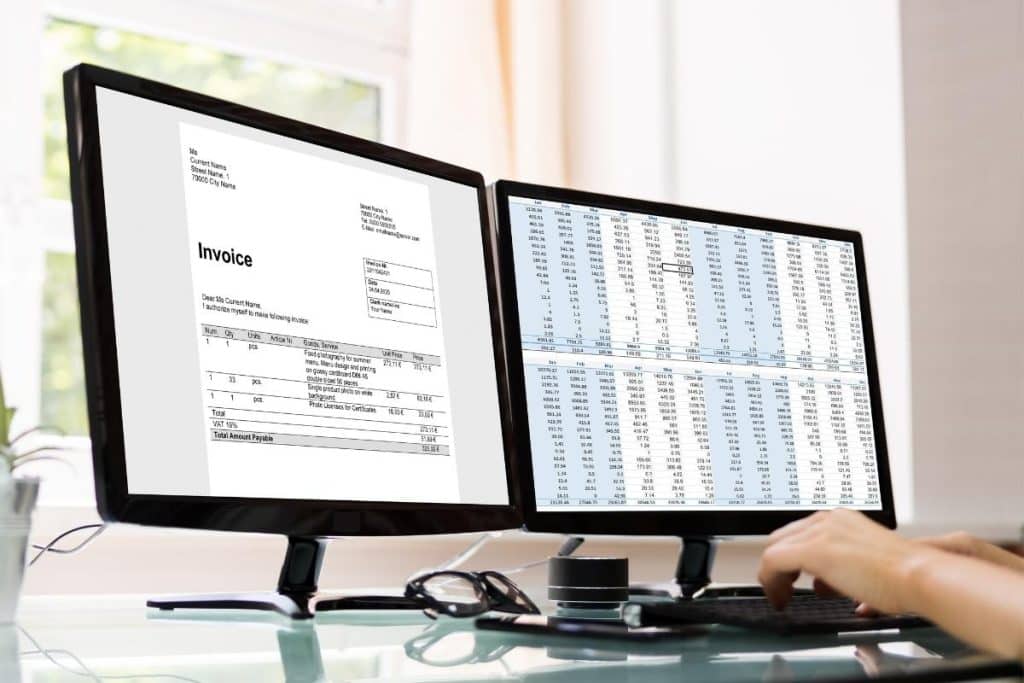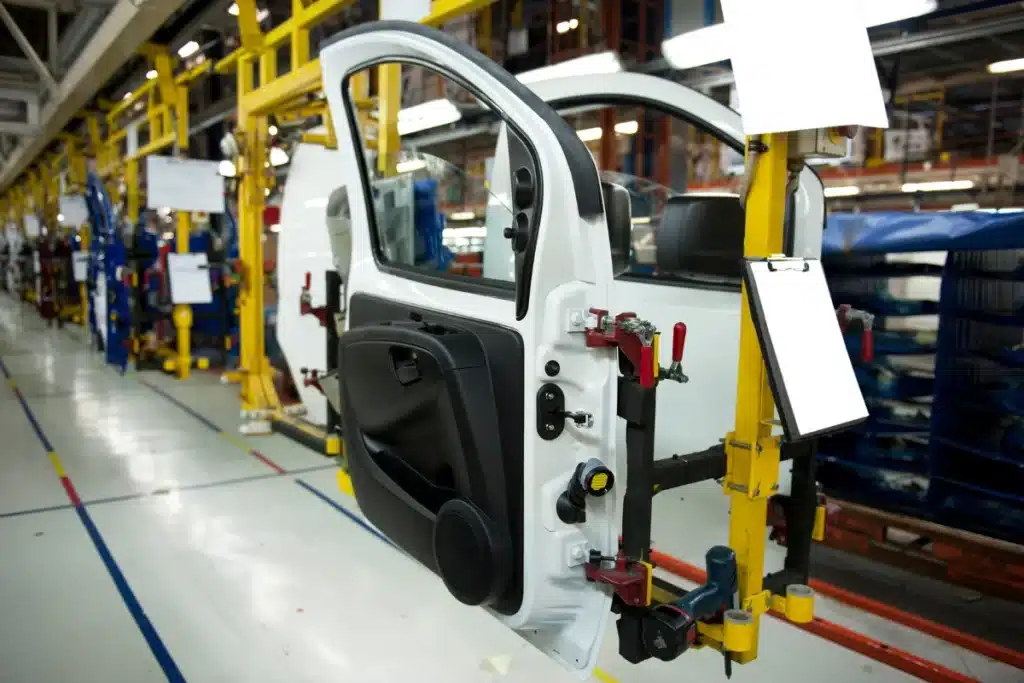Thanks to advancements in technology, small- and mid-size businesses confidently compete with larger corporations today—punching above their weight class. Tools like chatbots, AI, machine learning, and more have helped level the playing field.
However, in addition to these new-age technologies, many still rely on legacy spreadsheets. More than 750 million people worldwide use spreadsheets to present business info. But at some point, there comes a time when spreadsheets no longer make sense.
As a business grows, its needs change. However, it’s harder to keep up-to-date with spreadsheets as your business grows. Staying on top of things is a significant task that requires time.
By tracking performance and new opportunities with spreadsheets, you end up with redundancies, biased insight, and complications with consolidation. In the beginning, perhaps as a one-person operation, spreadsheets made sense. However, as your business began to grow, you had to add more and more spreadsheets, which created more problems:
- You can’t offer real-time insights
- Analytics pile up, and you have difficulty making decisions
- It’s easy to miss errors and redundancies
- Info highlights the past and not the future
ERP, or enterprise resource planning software, is a better option than spreadsheets. Today’s ERP, at minimum, can anticipate and automate functions. There is no reason to delay adopting ERP software into your company. If you do, you will lose your competitive edge and, therefore, new opportunities for business growth. Not yet convinced? Let’s explore further.
Why Do Companies Still Use Spreadsheets?
The main reason that companies resist alternative solutions is that most people don’t care too much for change, and they have deep-rooted habits when approaching business functions. It is because they have been dependent on spreadsheets to solve problems within the business for a while.
Legacy systems had zero flexibility in the past, and employees found ways around that—and this is where spreadsheets came in. Resulting in time lost, delayed operations, and increased costs. Spreadsheets could solve these issues as they were often a faster and cheaper solution.
Unfortunately, using spreadsheets to solve business problems is like using duct tape to fix the cracks on a wall. It’s the concept of “fix it now, deal with it later.” Often, this is the thought process that causes businesses to fail.
These days, ERP software can solve all problems that employees have relied on spreadsheets for.
Why Don’t Spreadsheets Work?
While it’s true that spreadsheets can give you a quick visual of the numbers, the data is not analyzed. When spreadsheets are involved, employees are just collecting and inputting data.
Spreadsheets are designed for individuals; they are not ideal for collaboration. Perhaps you’ve spent hours inputting data into a spreadsheet to help make a decision. Someone else in the company was doing the same. Now, the information is not in parity, and your decision was formed from outdated information.
There are risks associated with spreadsheets. When you are trying to manage large amounts of data, there’s no way to control and audit it. Spreadsheets are typically responsible for mistakes that would not occur if the company used an ERP.
Sure, it’s understandable that spreadsheets are more familiar (read: comfort blanket), but that’s no reason to continue using them to manage your data. After all, human error is inevitable, and no one is safe. In fact, here are some statistics that prove this:
- According to the University of Hawaii, there are errors in 88% of spreadsheets
- According to Coopers and Lybrand, there are errors on 90% of spreadsheets with 150+ rows.
The surveys indicate that the information on spreadsheets is inaccurate and could be outdated, so companies make poor financial decisions and miscalculate their budget when using spreadsheets.
Another problem with spreadsheets is that they are isolated from the company. For example, you have to create sales orders from quotes manually. To update inventory, you have to open the appropriate spreadsheets, manually updating each item.
Spreadsheets are often emailed back and forth among employees, making it difficult to know which one is the most up-to-date copy. You end up with multiple copies of the same file on your computer, and a shared folder doesn’t help.
How Will Switching to an ERP Help?
GoldFinch ERP is sophisticated and intelligent. You can have data management and analytics optimize your core processes—and so much more. There are several different configuration options based on your industry. Your information can be accessed from mobile devices, providing real-time information on your company at any time and anywhere.
Consider Implementing GoldFinch ERP
With GoldFinch ERP, you can automate tasks and easily search for and share data between departments. You don’t have to worry about entering data twice or info getting lost. It gives you a real-time view of your business processes. You will have the insights needed to improve decision-making.
You simply can’t do that with spreadsheets.



